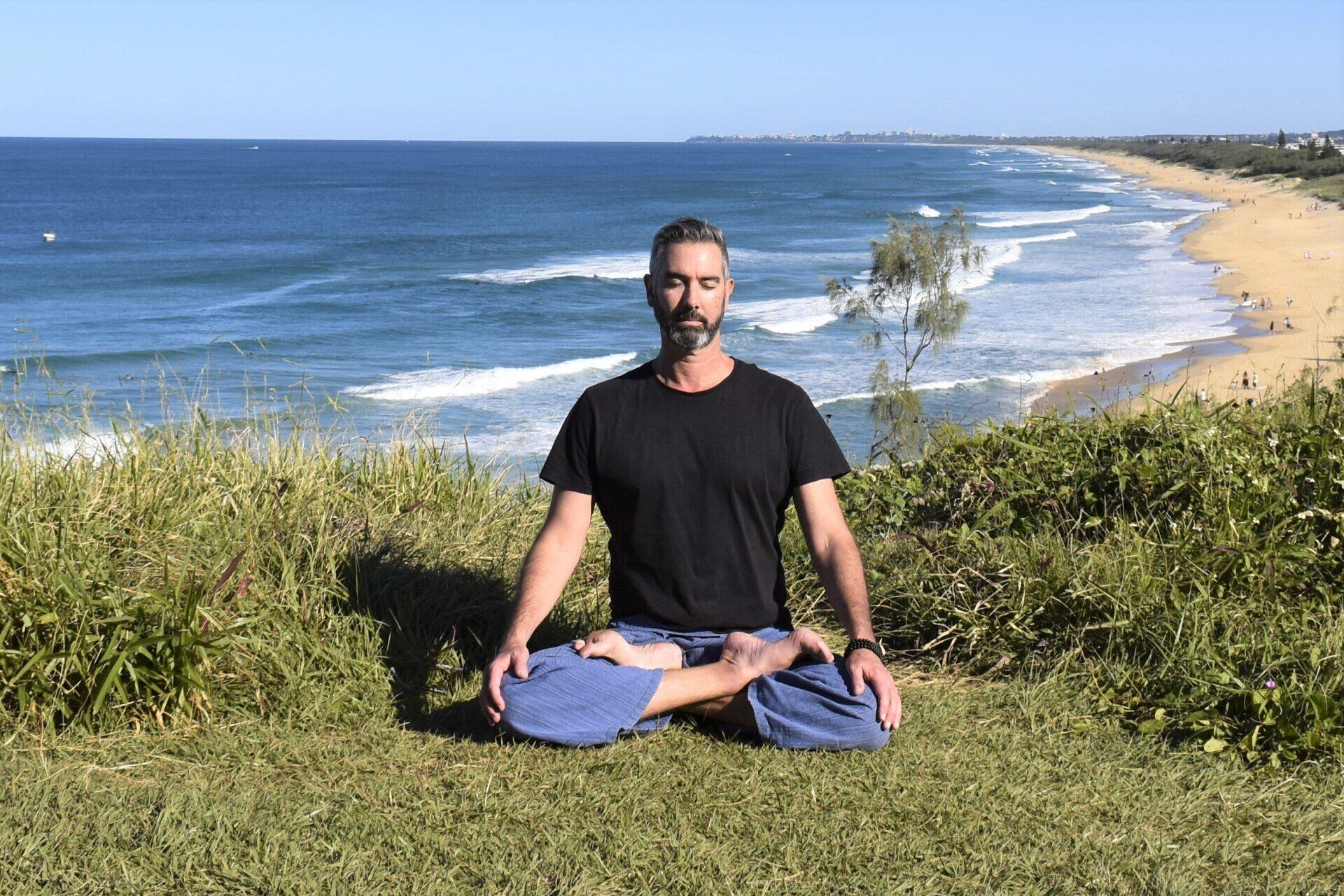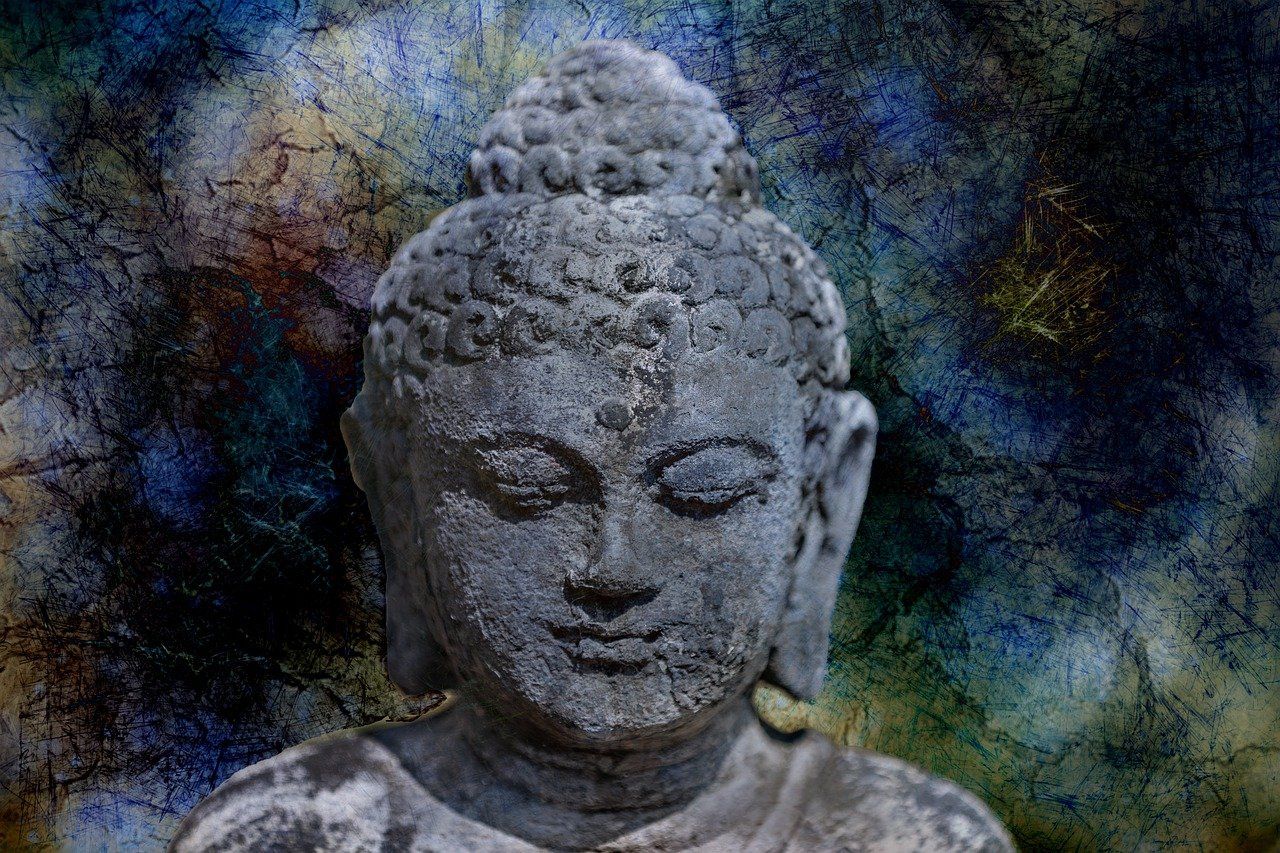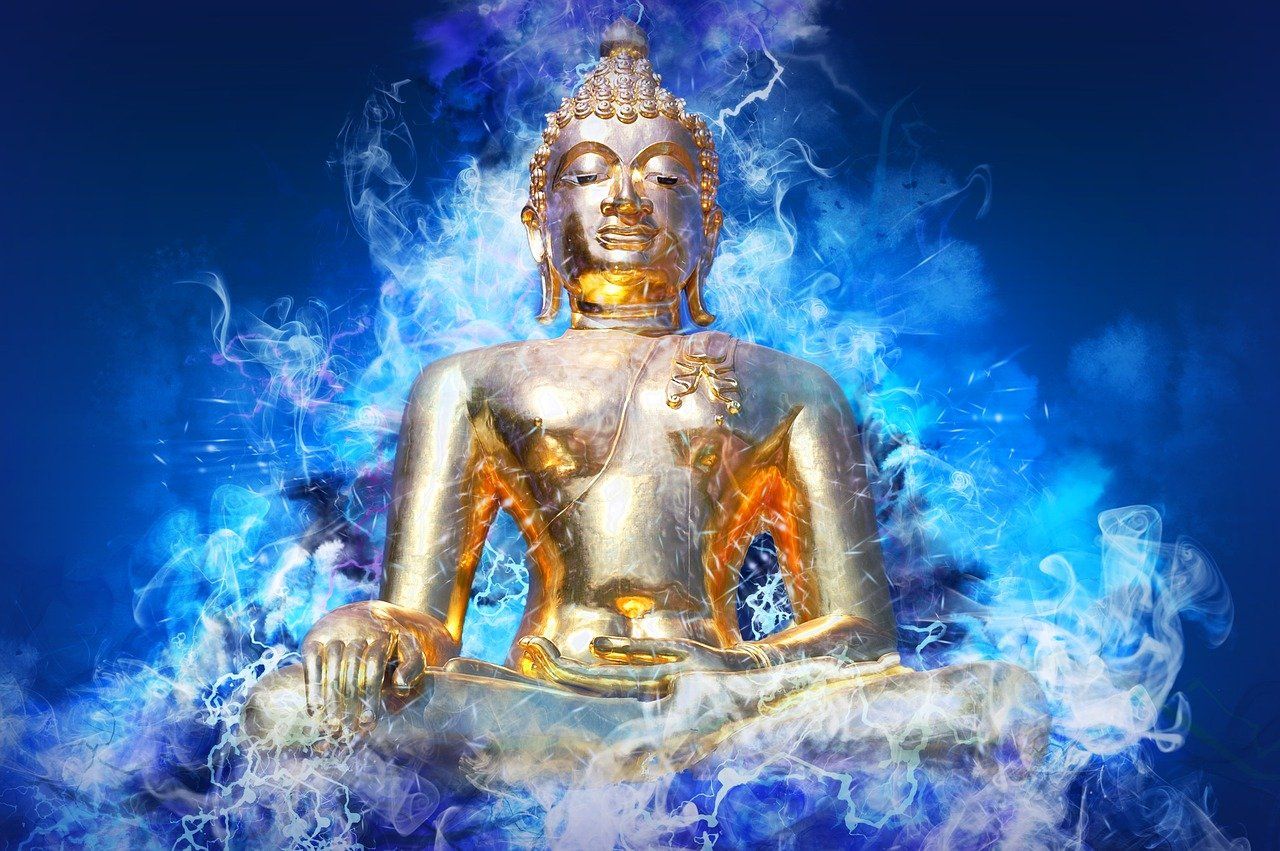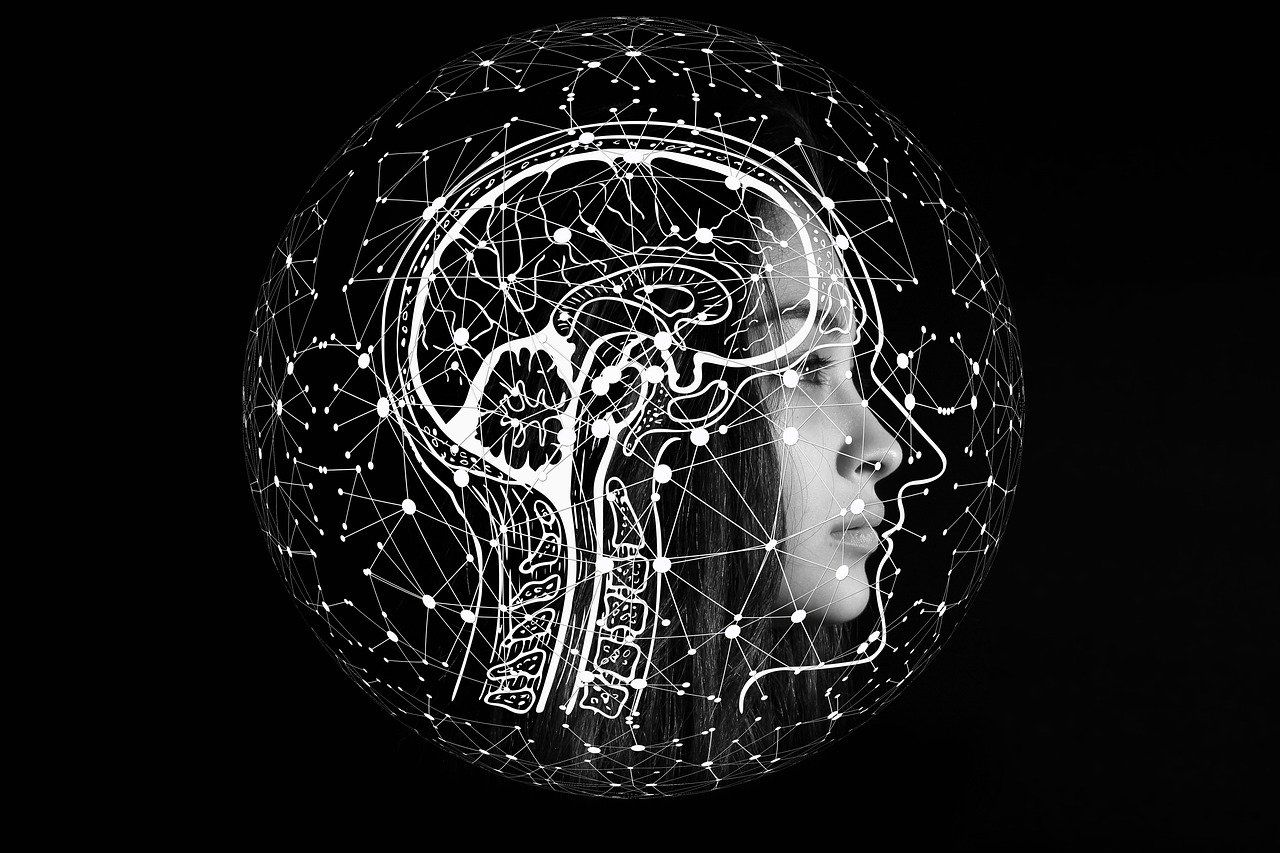The Way of Meditation Blog
Bringing Ancient Wisdom Into The Modern World
Australian Aboriginals Know The Healing Power Of Stillness
Jonathan Davis • Apr 10, 2017
The Healing Power of Listening in Stillness
People have always experienced pain, and in the vast span of time before the colonial expansion of western culture, indigenous cultures weren’t without their methods of dealing with trauma.
For centuries we’ve largely ignored the wisdom of those among us who are still directly connected to ancestral ways of knowledge. As our modern lifestyle collides with the fact that our Earth is not capable of supporting our current way of life, we are finally starting to look to those who once lived in a state of indefinite sustainability and abundance, for a way forward.
“In order to have sustainable community you have to make sure the people are sustainable. This means healing trauma.”
– Jarmbi Githabul, Narakwal / Githabul Custodian
“Dadirri is inner, deep listening and quiet, still awareness. Dadirri recognises the deep spring that is inside us. We call on it and it calls to us. This is the gift that Australia is thirsting for. It is something like what you call ‘contemplation’.”
– Miriam-Rose Ungunmerr-Baumann, Ngangiwumirr Elder
When Miriam-Rose Ungunmerr-Baumann speaks of dadirri, she speaks of a form of deep, contemplative listening that is nothing less than a personal spiritual practice. This type of listening in stillness is widely known all across the Australian continent, in many language groups under many names. “When I experience dadirri, I am made whole again.” Miriam describes. “I can sit on the riverbank or walk through the trees; even if someone close to me has passed away, I can find my peace in this silent awareness. There is no need of words. A big part of dadirri is listening.”
For centuries we’ve largely ignored the wisdom of those among us who are still directly connected to ancestral ways of knowledge. As our modern lifestyle collides with the fact that our Earth is not capable of supporting our current way of life, we are finally starting to look to those who once lived in a state of indefinite sustainability and abundance, for a way forward.
“In order to have sustainable community you have to make sure the people are sustainable. This means healing trauma.”
– Jarmbi Githabul, Narakwal / Githabul Custodian
What Is Dadirri?
– Miriam-Rose Ungunmerr-Baumann, Ngangiwumirr Elder
When Miriam-Rose Ungunmerr-Baumann speaks of dadirri, she speaks of a form of deep, contemplative listening that is nothing less than a personal spiritual practice. This type of listening in stillness is widely known all across the Australian continent, in many language groups under many names. “When I experience dadirri, I am made whole again.” Miriam describes. “I can sit on the riverbank or walk through the trees; even if someone close to me has passed away, I can find my peace in this silent awareness. There is no need of words. A big part of dadirri is listening.”
Learning and Healing Through Listening
In my own experiences with original Australians who are deeply connected to country, I have felt that they are so grounded it’s almost as if the land itself is listening to you, through them.
“Healing country heals ourselves, and healing ourselves heals country.”
– Prof. Judy Atkinson – Jiman / Bunjalung woman, author of Trauma Trails, Recreating Songlines
Emotional Completeion
When we don’t have the courage or skills (because we are too young, or were never taught) to actually feel all of the emotions of a traumatic experience, we inadvertently trap the part of it we couldn’t handle, and store it away for later. Dadirri is a practice that allows us to open up this trapped pain and trauma in a sacred and held space and with the support of those around us, we can finally feel it in order for it to be released.
“Trauma puts you in a disempowered position that makes it easy for you to be influenced. It interferes with your ability to make clear decisions for yourself.”
– Jarmbi Githabul, Narakwal / Githabul Custodian
The importance of a practice like dadirri is that it is completely based on non-judgment. Over time, the story is shared on multiple occasions, and by doing so the telling begins to change. The emotional charge is released a little at a time as the circle around them offers an unwavering reflection of loving acceptance. Very often, the person who has suffered trauma starts to adopt this attitude of loving acceptance toward themselves.
Limbic Resonance and Revisioning
Deep, respectful, contemplative, heart-based listening based on loving acceptance instead of judgment may well be the optimal reflection for a traumatised limbic system to use as a model for restructuring. Mirror neurons see this outer, compassionate reflection and fire internally in the same way; and neurons that fire together wire together. With a bit of repetition, neural re-wiring occurs (thanks to neuroplasticity) which gives a neurological explanation as to why dadirri is good for helping people who have suffered trauma.
I feel we’re fortunate to be living in a time where, whether we’re indigenous or non-indigenous, we’re waking up. We’re recognising the common threads between ancient and modern ways of healing ourselves, and by doing so discovering the techniques that actually work.
Share
Tweet
Share
Mail
Get A FREE
Guided Meditation Series
with Chad Foreman

By Chad Foreman
•
28 Jan, 2021
The breath has been used in meditation for thousands of years and remains one of the key tools we have to transform our entire being and directly experience the depths of our existence. I would like to offer five techniques that utilize the power of the breath and showcase just how powerful and versatile the breath can be in meditation.
TAKE THE NEXT STEP
Take The 21 Day Meditation Challenge
Get A FREE Series
of Guided Meditations
with Chad Foreman
Email: chad@thewayofmeditation.com.au
The Way Of Meditation
Site Map
© 2024
The Way Of Meditation











